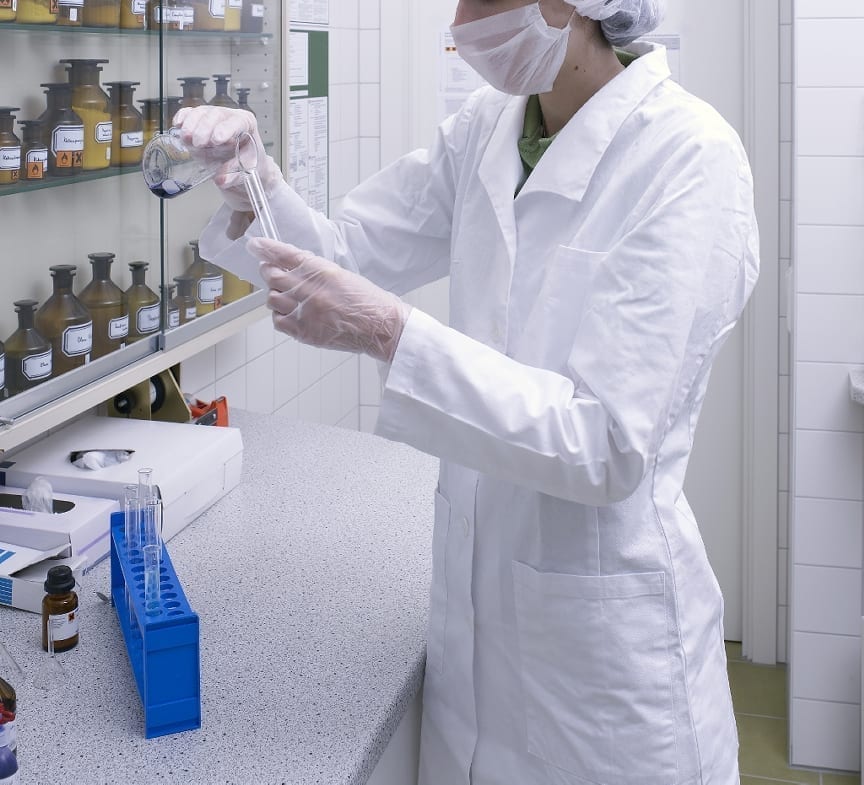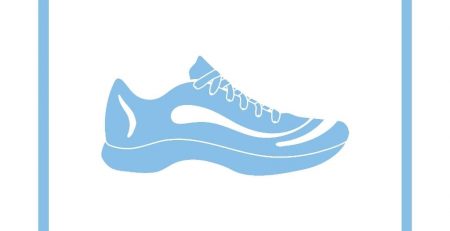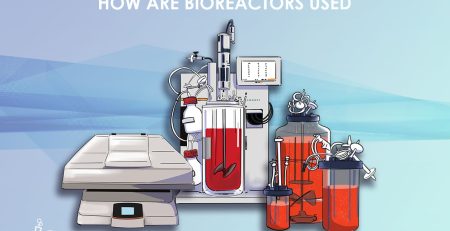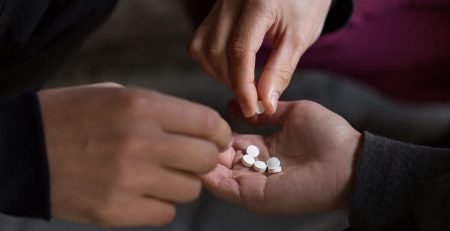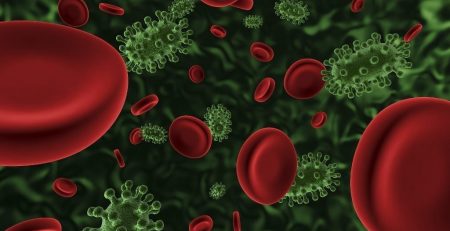Hatching Ideas, and Companies, by the Dozens at M.I.T.
HOW do you take particles in a test tube, or components in a tiny chip, and turn them into a $100 million company?
Dr. Robert Langer, 64, knows how. Since the 1980s, his Langer Lab at the Massachusetts Institute of Technology has spun out companies whose products treat cancer, diabetes, heart disease and schizophrenia, among other diseases, and even thicken hair.
The Langer Lab is on the front lines of turning discoveries made in the lab into a range of drugs and drug delivery systems. Without this kind of technology transfer, the thinking goes, scientific discoveries might well sit on the shelf, stifling innovation.
A chemical engineer by training, Dr. Langer has helped start 25 companies and has 811 patents, issued or pending, to his name. More than 250 companies have licensed or sublicensed Langer Lab patents.
Polaris Venture Partners, a Boston venture capital firm, has invested $220 million in 18 Langer Lab-inspired businesses. Combined, these businesses have improved the health of many millions of people, says Terry McGuire, co-founder of Polaris.
Along the way, Dr. Langer and his lab, including about 60 postdoctoral and graduate students at a time, have found a way to navigate some slippery territory: the intersection of academic research and the commercial market.
Over the last 30 years, many universities — including M.I.T. — have set up licensing offices that oversee the transfer of scientific discoveries to companies. These offices have become a major pathway for universities seeking to put their research to practical use, not to mention add to their revenue streams.
In the sciences in particular, technology transfer has become a key way to bring drugs and other treatments to market. “The model of biomedical innovation relies on research coming out of universities, often funded by public money,” says Josephine Johnston, director of research at the Hastings Center, a bioethics research organization based in Garrison, N.Y.
Just a few of the products that have emerged from the Langer Lab are a small wafer that delivers a dose of chemotherapy used to treat brain cancer; sugar-sequencing tools that can be used to create new drugs like safer and more effective blood thinners; and a miniaturized chip (a form of nanotechnology) that can test for diseases.
The chemotherapy wafer, called the Gliadel, is licensed by Eisai Inc. The company behind the sugar-sequencing tools, Momenta Pharmaceuticals, raised $28.4 million in an initial public offering in 2004. The miniaturized chip is made by T2Biosystems, which completed a $23 million round of financing in the summer of 2011.
“It’s inconvenient to have to send things to a lab,” so the company is trying to develop more sophisticated methods, says Dr. Ralph Weissleder, a co-founder, with Dr. Langer and others, of T2Biosystems and a professor at Harvard Medical School.
FOR Dr. Langer, starting a company is not the same as it was, say, for Mark Zuckerberg with Facebook. “Bob is not consumed with any one company,” says H. Kent Bowen, an emeritus professor of business administration at Harvard Business School who wrote a case study on the Langer Lab. “His mission is to create the idea.”
Dr. Bowen observes that there are many other academic laboratories, including highly productive ones, but that the Langer Lab’s combination of people, spun-out companies and publications sets it apart. He says Dr. Langer “walks into the great unknown and then makes these discoveries.”
Dr. Langer is well known for his mentoring abilities. He is “notorious for replying to e-mail in two minutes, whether it’s a lowly graduate school student or the president of the United States,” says Paulina Hill, who worked in his lab from 2009 to 2011 and is now a senior associate at Polaris Venture Partners. (According to Dr. Langer, he has corresponded directly with President Obama about stem cell research and federal funds for the sciences.)
Dr. Langer says he looks at his students “as an extended family,” adding that “I really want them to do well.”
And they have, whether in business or in academia, or a combination of the two. One former student, Ram Sasisekharan, helped found Momenta and now runs his own lab at M.I.T. Ganesh Venkataraman Kaundinya is Momenta’s chief scientific officer and senior vice president for research.
Hongming Chen is vice president of research at Kala Pharmaceuticals. Howard Bernstein is chief scientific officer at Seventh Sense Biosystems, a blood-testing company. Still others have taken jobs in the law or in government.
Dr. Langer says he spends about eight hours a week working on companies that come out of his lab. Of the 25 that he helped start, he serves on the boards of 12 and is an informal adviser to 4. All of his entrepreneurial activity, which includes some equity stakes, has made him a millionaire. But he says he is mainly motivated by a desire to improve people’s health.
Operating from the sixth floor of the David H. Koch Institute for Integrative Cancer Research on the M.I.T. campus in Cambridge, Mass., Dr. Langer’s lab has a research budget of more than $10 million for 2012, coming mostly from federal sources.
The research in labs like Dr. Langer’s is eyed closely by pharmaceutical companies. While drug companies employ huge research and development teams, they may not be as freewheeling and nimble, Dr. Langer says. The basis for many long-range discoveries has “come out of academia, including gene therapy, gene sequencing and tissue engineering,” he says.
He has served as a consultant to pharmaceutical companies. Their large size, he says, can end up being an impediment.
“Very often when you are going for real innovation,” he says, “you have to go against prevailing wisdom, and it’s hard to go against prevailing wisdom when there are people who have been there for a long time and you have some vice president who says, ‘No, that doesn’t make sense.’ ”
Pharmaceutical companies are eager to tap into the talent at leading research universities. In 2008, for example, Washington University in St. Louis announced a $25 million pact with Pfizer to collaborate more closely on biomedical research.
But in some situations, the close — critics might say cozy — ties between business and academia have the potential to create conflicts of interest.
There was a controversy earlier this year when it was revealed that the president of the University of Texas M.D. Anderson Cancer Center owned stock in Aveo Oncology, which had announced earlier that the university would be leading clinical trials of one of its cancer drugs. Last month, the University of Texas announced that he would be allowed to keep his ties with three pharmaceutical companies, including Aveo Oncology; his holdings will be placed in a blind trust.
“One question is how much is the commercial interest driving the research,” Ms. Johnston says. “I think that universities and the public policy makers are a little unsure where they think the balance should be. Does this opportunity skew the research agenda in terms of commercial application instead of the public interest?” She was speaking generally, and not commenting on any particular institution.
Dr. Langer says that there is no pressure at his lab for students to turn their research into a business. In fact, he says, about half of his students stay in academia. “I feel like one of our successes is that we trained so many great people who are now teaching at universities,” he says, adding that strict ethics rules are in place to prevent conflicts.
If they remain in academia, scientists at M.I.T. can still take equity stakes in the companies that their discoveries helped form. But they are barred from owning shares in any company that provides a research grant to their lab. They also cannot be executives of a company, although they can serve as paid advisers.
One issue at the crux of technology transfer is: How do universities protect the public good?
“M.I.T. always reserves rights for all nonprofit institutions, noncommercial research and education,” says Lita Nelsen, director of M.I.T.’s Technology Licensing Office, who has helped the Langer Lab file for hundreds of patents, close to 80 percent of which have been approved.
As an example, a controlled-release polio vaccine developed in the Langer Lab was financed by the Bill & Melinda Gates Foundation for use in the developing world. The foundation has also arranged to use, through Seventh Sense Biosystems, a rapid way to draw blood with a microneedle patch that could be used outside the confines of a medical center. (The approach is still in human trials.) The Langer Lab has also been working with the United States Army on a regenerative-tissue project that would help wounded soldiers from the wars in Iraq and Afghanistan.
When a discovery is licensed at M.I.T., the university splits the profit three ways — among the department where the discovery was made, the university and the inventors.
“The founding principle in 1861, when M.I.T. was created, was to provide and support the industrialization of America. I always say we were founded on the principle of tech transfer,” says Susan Hockfield, who served as M.I.T.’s president from December 2004 until June of this year.
David H. Koch, executive vice president of Koch Industries, the conglomerate based in Wichita, Kan., wrote in an e-mail that “innovation and education have long fueled the world’s most powerful economies, so I can’t think of a better or more natural synergy than the one between academia and industry.” Mr. Koch endowed Dr. Langer’s professorship at M.I.T. and is a graduate of the university.
YES, many of the Langer Lab’s discoveries are helping to fight disease. But you can’t say that about a hair-thickening product that is made by a company called Living Proof. The product is sold at stores like Nordstrom and Sephora; Dr. Langer serves on the company’s board and holds a small equity stake.
How did he end up in the hair care business? That discovery actually came from a way to create new materials, the original intent of which was to treat prostate and ovarian cancer. Various chemical compounds, however, could be fished out from the discovery for many different purposes, including a hair thickening product.
Of course, not everything that comes out of the lab is a sure bet. A drug may not make it past clinical trials, or an alternative treatment may prove more effective.
Dr. Langer is still assessing the commercial potential of a project involving the vocal cords. He and Dr. Steven M. Zeitels, director of the Massachusetts General Hospital Center for Laryngeal Surgery and Voice Rehabilitation, who has operated on singers like Adele and Julie Andrews, developed a gel that can be used on vocal tubes to make them more pliable. The gel had promising results in clinical trials on dogs, according to Dr. Langer. “I don’t know if it’s a company, though,” he says.
But he favors the kind of research that takes chances. As Dr. Bowen of Harvard says of Dr. Langer’s students: “They all come away thinking nothing is impossible.”
Correction: November 26, 2012
An earlier version of this article misstated the number of patents issued to Thomas Edison. Globally, Edison held more than 2,300 patents; 1,093 was his United States total. (It was therefore not correct to say Dr. Robert Langer, with 811 patents, “was not far behind Thomas Edison’s total.”)
Article Source
New York Times
By HANNAH SELIGSON
Published: November 24, 2012
http://www.nytimes.com/2012/11/25/business/mit-lab-hatches-ideas-and-companies-by-the-dozens.html?smid=pl-share




